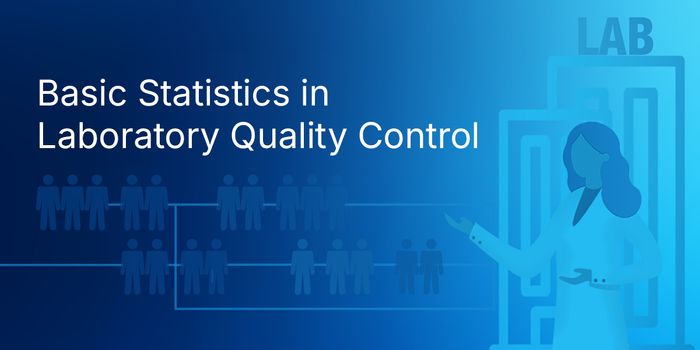To predict breast cancer progression, doctors have turned to mathematics and computer programming. Using these unconventional tools, researchers at the University of Southern California developed a mathematical model to
predict breast cancer metastasis and survival rates.
For cancer, survival rate is inversely correlated with metastasis, the spread of cancer from the primary site to secondary organs. But in decades of medical practice, there has been no way for doctors to reliably predict the patterns of metastasis migration, and thus calculate a survival rate for patients.
What doctors currently rely on seemed wholly inadequate, especially in today’s modern technology era. Dr. Jorge Nieva, co-author of the published model, likened the current diagnosis and prognosis system of breast cancer to “the days when weather reporting depended solely on a barometer and experience.” He adds, “What the modeling does is it brings the sort of complexity of modern-day weather forecasting to trying to understand where tumors go, when they go and how they get to that location.”
The researchers took a calculated cue from statistical modeling algorithms used to forecast the weather, the financial market, and even web surfing. These three examples illustrate a prediction system based on past history and current trends. The data points can then be used to calculate probabilities of future outcomes. The researchers used the analogy of Google’s search algorithm to predict the user’s web browsing patterns.
"If somebody is reading about breast cancer on Wikipedia, the likelihood that she is going to jump to a lung cancer page or a bone cancer page is much higher than the likelihood of her jumping to the Costco website. These probabilities of jumping from one page to another are not all equal. Where you jump to next depends strongly on where you currently are. This observation lies at the heart of our model." Dr. Paul Newton, lead author of the study.
Their one-of-a-kind model was based on combing 25 years of data regarding 446 breast cancer patients with metastasis, at the Memorial Sloan Kettering Cancer Center. The data point from this cohort of patients allowed the researchers to make a model that predicts breast cancer survival for various patterns of metastases.
The model shows that survival depends largely on the location of the first metastatic site. Metastasis of cancer from the breast to the bone, which happens in 35% of patients, is associated with a 90% five-year survival rate. On the other hand, the five-year survival rate is less than 20% for women whose breast cancer metastasized to the brain. They can use the same algorithm to calculate survival rates for second and third metastatic sites. In general, the model shows that the chances of long-term survival decrease as the number of initial metastatic organs increase. In other words, women whose migrating tumor cells have initially landed on multiple organs exhibit the worst survival outcomes.
Their results could define the treatment of breast cancer entirely, allowing for highly tailored therapy plans for patients. "Over the next five to 10 years, there's going to be a big change in the way medical schools and oncologists think about disease," said Dr. Paul Newton. "I could easily see a situation 10 years down the road where a patient comes in with a particularly difficult disease. The oncologists in charge will put together a team of researchers to develop a model to forecast disease progression and determine best treatment options that they would then implement."
Learn more about breast cancer metastasis with this short video.
Additional Source:
Science Daily










